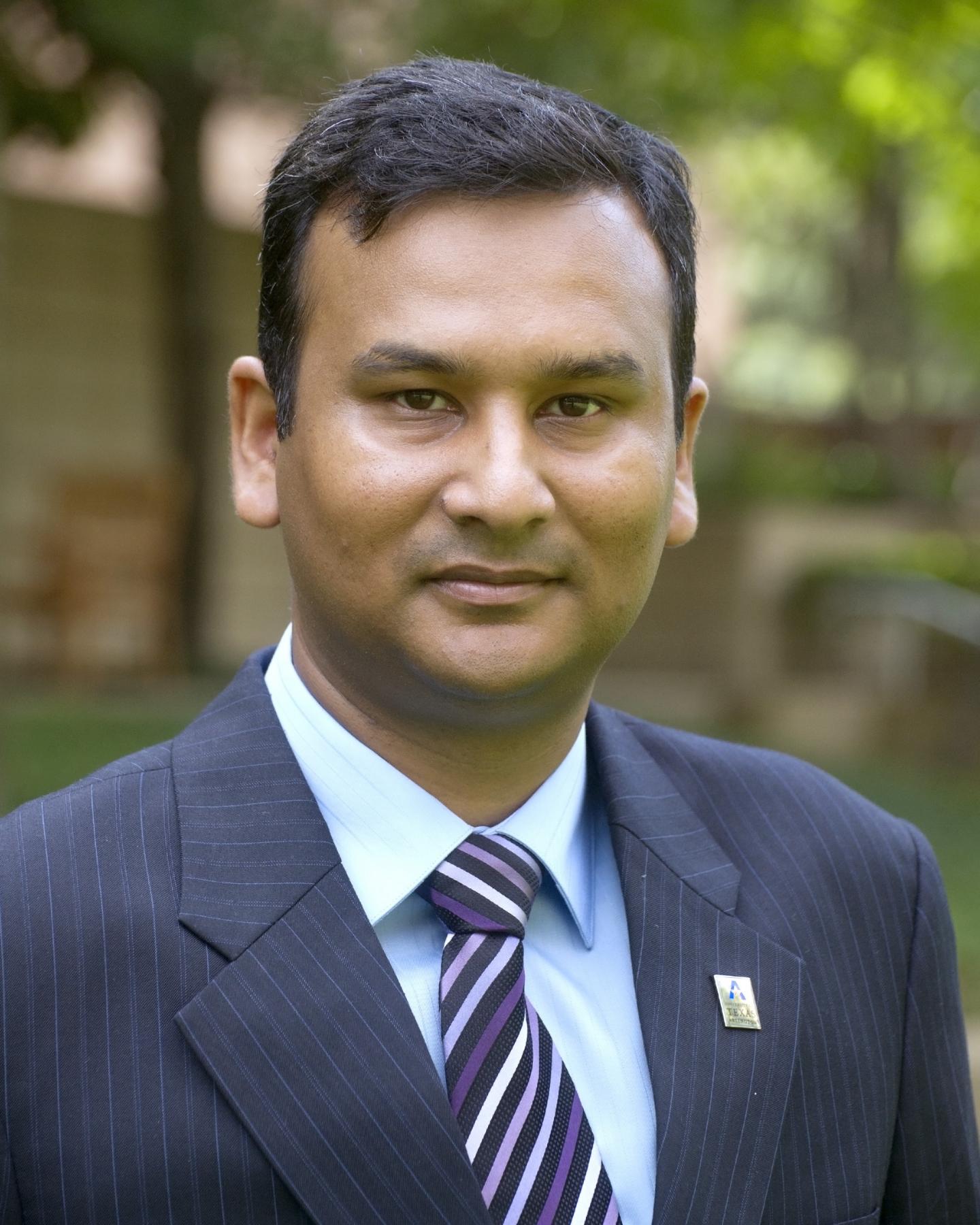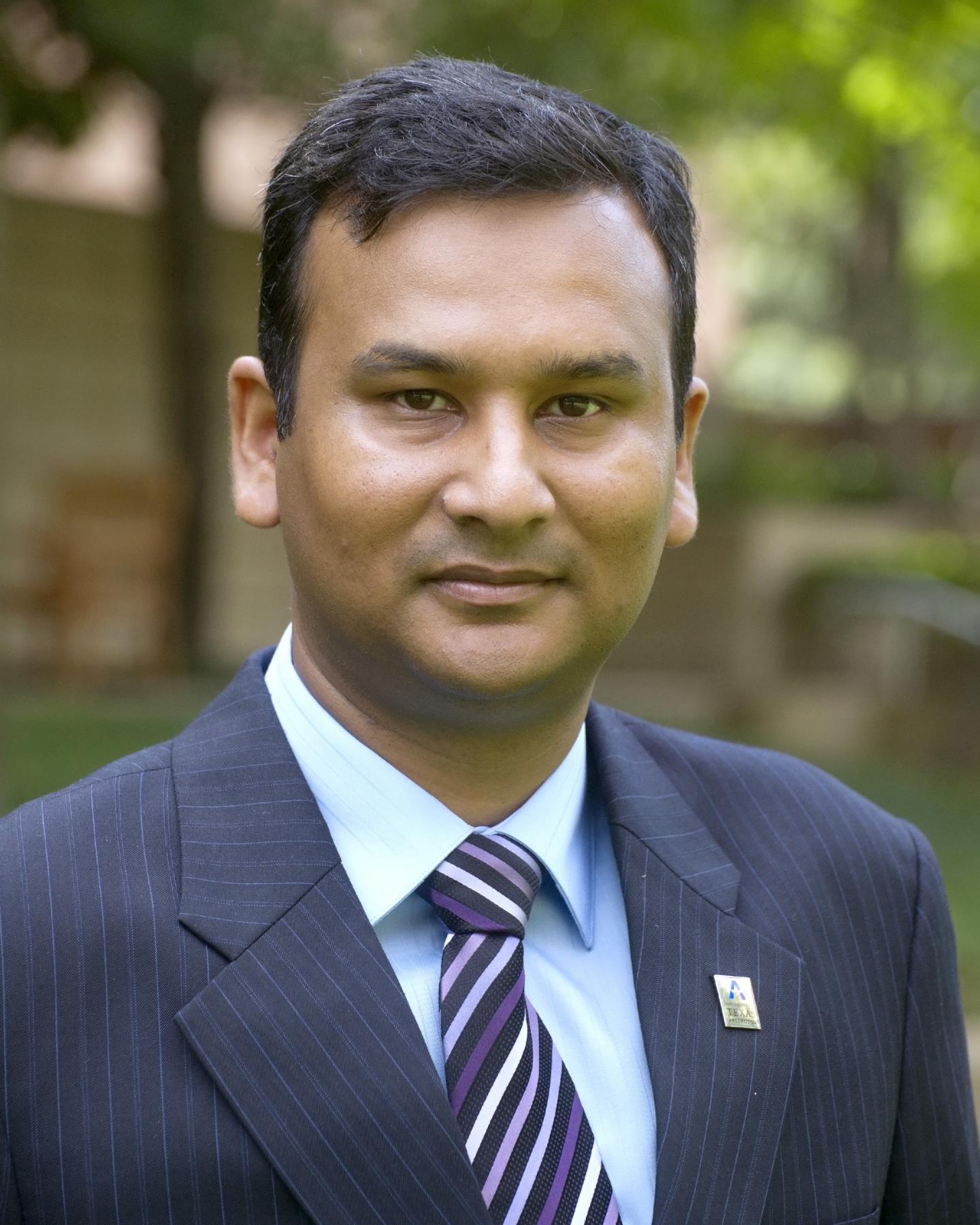
Credit: UT Arlington
Efficient communication between neurons in the brain is the key to achieving cognitive function.
A University of Texas at Arlington researcher is working to determine how mechanical forces such as blasts or repeated blows to the head could damage neurons and lead to neurological disorders.
Ashfaq Adnan, an associate professor in UTA's Mechanical and Aerospace Engineering Department, recently was awarded a three-year, $613,079 grant from the Office of Naval Research to show the potential link between blast-like trauma and neurological disorders such as post-traumatic stress disorder, Alzheimer's disease and Chronic Traumatic Encephalopathy, or CTE.
This trauma could be caused by an explosion, such as an improvised explosive device in a war zone, but could also be a result of repeated blows to the head suffered by boxers and football players.
When the head is impacted by blast-like mechanical force, the resulting pressure waves are transmitted to the interior of the brain, which is built with more than 100 billion neuron cells and related structures. The movement of ions across neural membranes creates electrical activity, which, in turn, enables the ions to move in and out of the cell. This movement alters the charge balance across the membrane that allows the axon to generate action potential and neurotransmission, which help neurons communicate with other neurons.
Action potential occurs when a neuron sends information down an axon, away from the cell body.
However, if the neuron has suffered electrochemical, structural or physiological damage, action potential and neurotransmission may not take place and the neuron's ability to communicate may be disrupted. This could lead to a delayed or abnormal neurological response, such as those experienced by people with PTSD, Alzheimer's disease and CTE.
Adnan and his team will create a computational model using tools developed in his previous research in the field, then apply it to a full-blown, atomic-scale model to study how electrochemical changes affect the neurons' processes.
"It all boils down to how neurons function in the brain. Any disruption in neuronal communication means that something is not going right," Adnan said. "In technical terms, we're trying to develop a model that can trace action potential inside neuron for different neuron configurations. It will be like developing a tool that can image the brain's version of an electrocardiogram, or EKG. The way EKG reveals the condition of someone's heart, we wish to develop a tool that will be able to reveal, through computer simulation, the condition of brain's neuron."
Peter Crouch, dean of the College of Engineering, said Adnan is advancing knowledge in the way physicians understand and diagnose neurological disorders. The work is representative of UTA's increasing research expertise focused on advancing health and the human condition under the University's Strategic Plan 2020: Bold Solutions | Global Impact.
"This grant will allow Dr. Adnan to build upon his findings and potentially discover a groundbreaking link between brain trauma and neurological disorders. With that knowledge physicians and scientists could make great strides in treating neurological disorders that impact so many of our combat veterans and others," Crouch said.
One postdoctoral associate and three doctoral students will work on this research area. Adnan is thankful for MAE's and COE's support of the project. Adnan has been involved in more than $2 million in research support since he joined UTA in 2010 following post-doctoral work at Northwestern University. He earned his doctoral degree in aerospace engineering from Purdue University.
In collaboration with U.S. Naval Research Lab scientists, Adnan has recently published an article in Acta Biomaterialia that reveals dynamic cavitation mechanisms in soft gelatins. Since soft materials like gels have comparable properties of brain tissues, from a medical standpoint, understanding dynamic cavitation within soft materials is a stepping stone for understanding cavitation damage in brains.
Last summer, Adnan published research findings in Nature's Scientific Reports revealing that battlefield blasts may cause cavitation in the brain's perineuronal nets, which, in turn, may collapse and cause neuronal damage. Cavitation is the development of bubbles, much like those that develop around a ship's spinning propellers
In 2016, Adnan won a three-year, $255,126 grant through the ONR's Warfighter Performance Department to develop a computer model for understanding the role of blast-induced cavitation in neuron damage. In 2015, he won a highly competitive $130,000 Early-concept Grant for Exploratory Research, or EAGER, award from the National Science Foundation to advance his work to modify molecular structures and blend ceramics to create new material that would be less brittle but retain the strength of the original ceramic.
Adnan also has received summer faculty fellowships with the Air Force Office of Scientific Research and the Office of Naval Research.
###
Media Contact
Herb Booth
[email protected]
817-272-7075
@utarlington
http://www.uta.edu
Original Source
https://www.uta.edu/news/releases/2017/12/adnan-ONR-neuronal-damage.php





